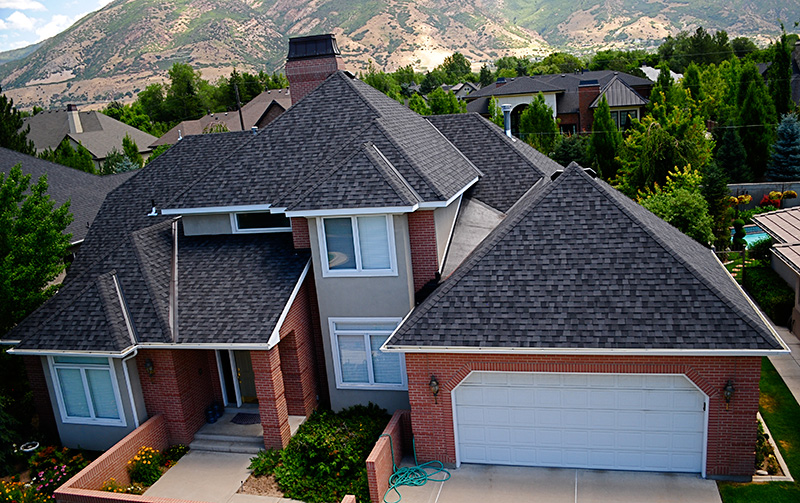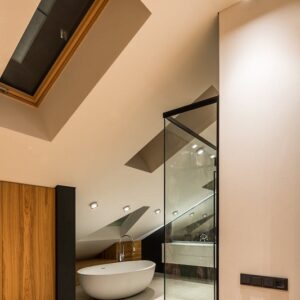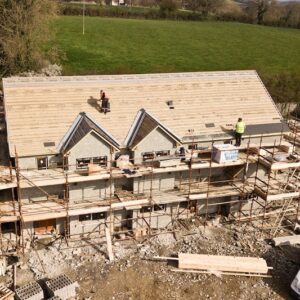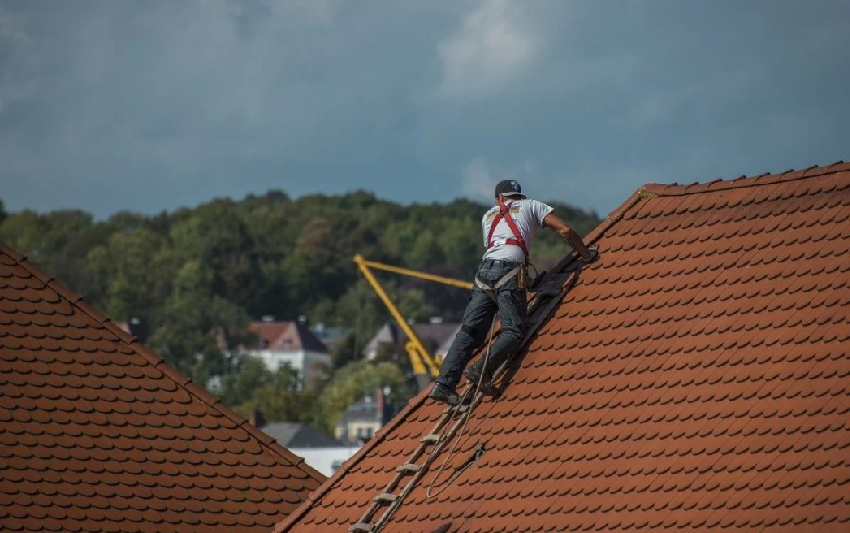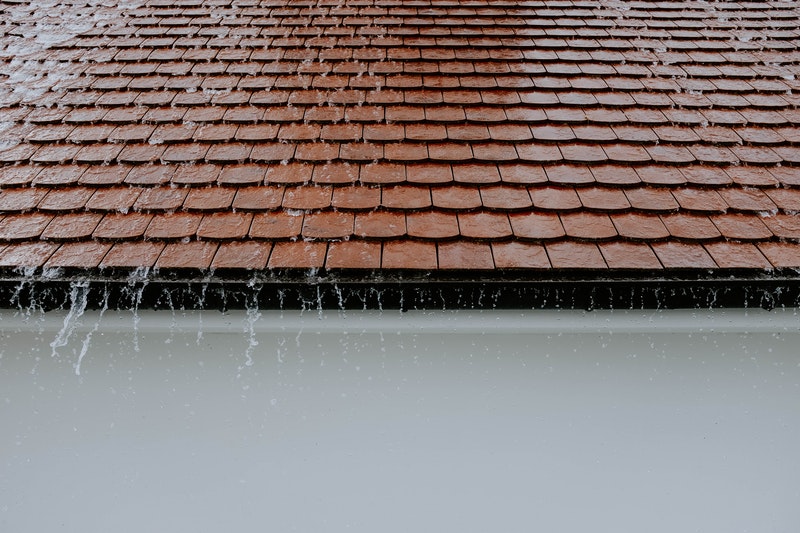Tile roofing has been a popular choice for homeowners for decades due to its durability and aesthetic appeal. Made from clay or concrete, tile roofs are able to withstand extreme weather conditions and can last for decades with proper maintenance.
How Long Do Tile Roofs Really Last?
One of the main advantages of tile roofing is its longevity. While asphalt shingles may only last for 20-30 years, tile roofs can last 50 years or more. This means that a tile roof is a wise investment for homeowners looking for a long-term roofing solution.
In addition to their durability, tile roofs are also popular for their aesthetic appeal. Clay tiles come in various colors and styles, making it easy to find a look that suits the style of your home. Concrete tiles are also available in a range of colors and can be molded into various shapes and sizes.
What Are The Advantages And Disadvantages of Having a Tile Roof?
Advantages of a Tile Roof
There are several advantages to choosing a tile roof making it a very popular selection among homeowners:
Durability: Tile roofs are known for their longevity and can last 50 years or more with proper maintenance.
Aesthetic appeal: Clay and concrete tiles come in various colors and styles, so you can find a look that suits the style of your home.
Energy efficiency: Tile roofs are highly reflective, which can help to reduce the amount of heat absorbed by your roof and attic. This can lead to lower energy bills.
Low maintenance: Tile roofs do not require frequent repairs or maintenance, making them a low-maintenance roofing option.
Weather resistance: Tile roofs are able to withstand extreme weather conditions such as heavy rain, hail, and high winds.
Environmentally friendly: Tile roofs are made from natural materials and can be recycled at the end of their lifespan, making them an environmentally friendly roofing option.
Disadvantages of a Tile Roof
There are a few potential disadvantages to consider when it comes to tile roofs:
Cost: Tile roofs can be more expensive to install than other types of roofing, such as asphalt shingles.
Weight: Tile roofs can be heavy, so they may require additional structural support. This can add to the cost of installation.
Repair: If a tile becomes damaged, it can be difficult to remove and replace individual tiles. It may be necessary to remove several tiles in order to access and repair any damage, which can be labor-intensive.
Noise: Tile roofs can be noisy during rainstorms or when hail hits the roof. This may be a concern for some homeowners.
Frost damage: Tile roofs may be prone to frost damage in areas with freezing temperatures. It is essential to use frost-resistant tiles in these areas to prevent cracking.
It’s worth noting that most of these disadvantages can be mitigated with proper installation and maintenance of the tile roof. It’s important to weigh the potential disadvantages against the many advantages of tile roofs before making a decision.
Tile Roof Alternatives
There are several alternatives to having a tile roof:
Asphalt shingles: Asphalt shingles are the most common type of roofing material used in the United States. The roofs are relatively inexpensive and easy to repair or replace, and they come in a wide range of colors and styles.
Metal roofing: Metal roofs are durable and long-lasting, and they are becoming increasingly popular due to their energy-efficient properties. They can be made from a variety of materials, including steel, aluminum, and copper.
Wood shakes: Wood shakes are made from split logs and are often used in rustic or natural settings. They are durable, but they are also prone to fire and insect damage.
Rubber roofing: Rubber roofing is made from recycled rubber tires and is a popular choice for flat or low-sloped roofs. It is durable and easy to maintain, but it can be prone to cracking in extreme temperatures.
It is important to consider the specific needs and requirements of your home when deciding on a roofing material. Factors to consider include the climate, the style of your home, and your budget.
Do Solar Panels Affect the Durability of Tile Roofs?
Solar panels can be installed on tile roofs without compromising their integrity, as long as the installation is done properly. It is important to use mounting systems that are specifically designed for tile roofs, as these will distribute the weight of the panels evenly across the tiles.
It is also important to make sure that the tiles are not damaged during the installation process. First get to know how much roof space needed for install solar panels. Care should be taken not to walk on the tiles or drop heavy objects on them. Any tiles that are damaged during installation should be replaced to maintain the integrity of the roof.
It is a good idea to have a professional roofer or solar installer assess the condition of your tile roof before installing solar panels to ensure that it is in good condition and able to support the weight of the panels. Overall, the durability and popularity of tile roofing make it a great choice for homeowners looking for a long-lasting and attractive roofing solution. Proper maintenance is key to ensuring that your tile roof continues to perform at its best, so be sure to have it inspected and cleaned regularly to extend its lifespan.
